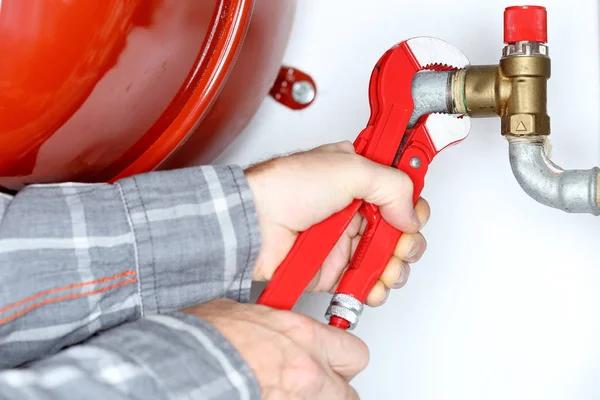Whether you’re a new homeowner or have been living in your home for years, one thing is certain: maintaining the structural integrity of your property is vital. This includes paying close attention to the foundation – the bedrock upon which your house stands. The foundation supports and stabilizes your home, but over time, it may develop issues that require repair. Understanding foundation repair essentials can help you address these problems promptly and efficiently.
The first step to understanding foundation repair is recognizing signs of damage. These could include cracks on walls, doors that won’t close properly, uneven floors, or gaps around window frames or exterior doors. Such indicators suggest that there might be an issue with your home’s foundation that needs immediate attention.
Next, it’s important to comprehend what causes these damages. A variety of factors can lead to foundational issues such as soil-related problems like poor compaction, overloading, excessive organic materials or erosion; environmental conditions including droughts causing explore the website soil to shrink away from the base; tree roots growing into and disrupting the structure; plumbing leaks seeping into the ground causing instability; and natural disasters such as earthquakes.
Once you’ve identified potential problems and understood their causes, it’s crucial to take action immediately because delay could exacerbate them leading to more costly repairs down the line. Consult a professional who specializes in residential foundations for an assessment of any visible damage and advice on necessary repairs.
1) Concrete Piers: Used during construction phase but can also be installed after build completion. 2) Steel Piers: More technologically advanced solution requiring less excavation hence less landscape disruption. 3) Helical Piers: Ideal for lighter structures like porches. 4) High-Density Polyurethane Foam: Simple method where foam is injected under concrete slab pushing it back up. 5) Segmented Piers: A more recent technology involving use of interlocking segments. 6) Spot Piers: Hand-dug piers filled with concrete, ideal for light-load areas.
Remember, every home is unique and requires a tailored approach. The repair method chosen depends on the extent of damage, soil condition and overall structure of your home.
Finally, it’s important to note that while some minor foundation issues can be handled as DIY projects, major ones should always be left to professionals. Foundation repairs are not just about patching up cracks; they involve ensuring the stability and safety of your entire home.
In conclusion, understanding foundation repair essentials is key for every homeowner. Regular monitoring for signs of damage, knowing what causes these damages and taking prompt action can save you from costly repairs in the future. When it comes to your home’s foundation, prevention is indeed better than cure!





